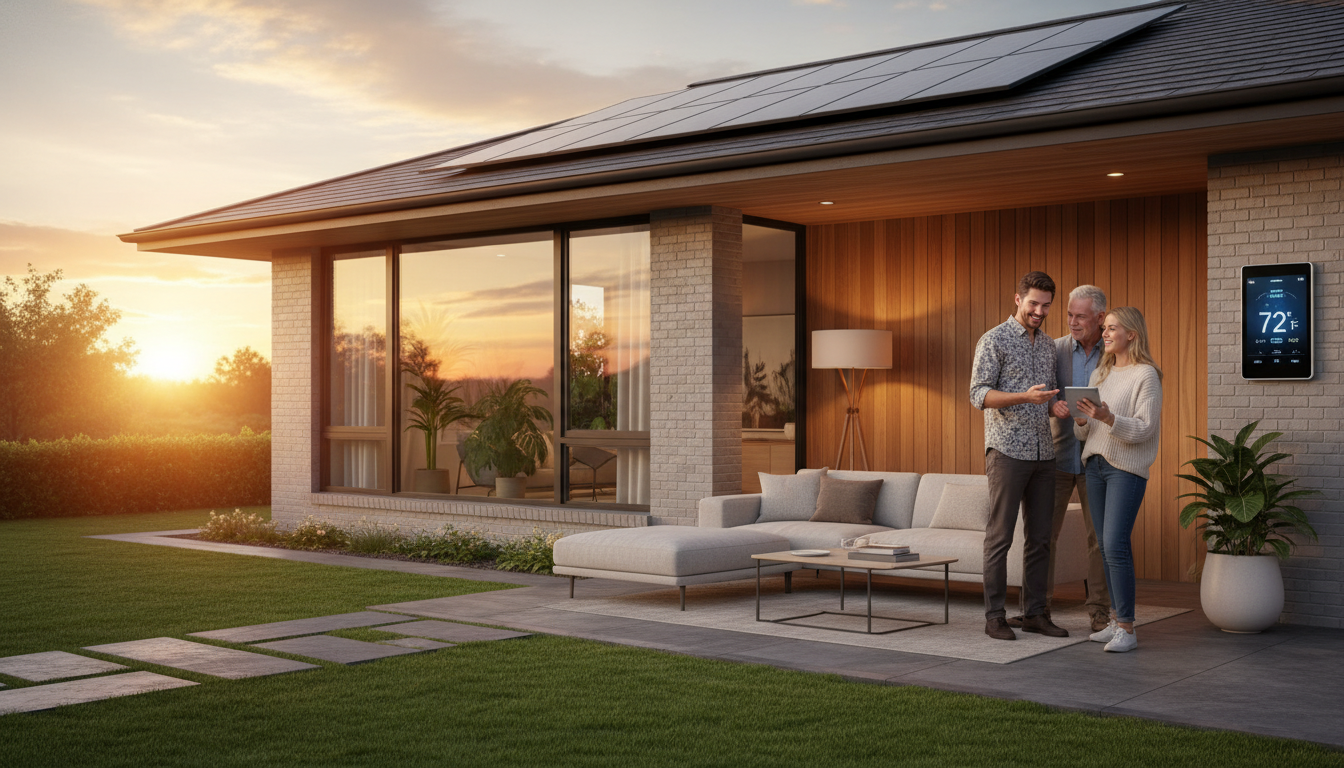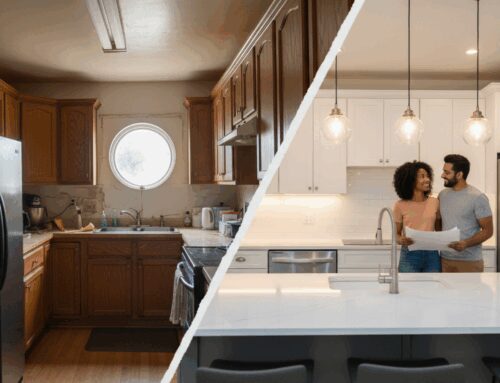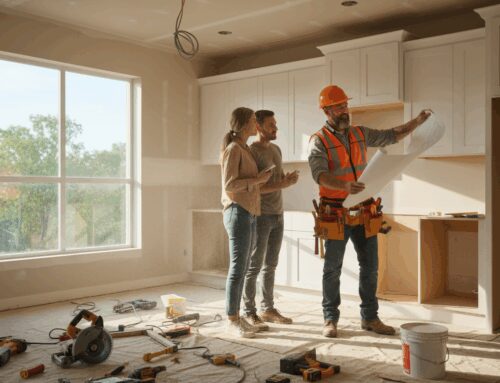Imagine cutting your utility bills by hundreds of dollars annually while simultaneously increasing your home’s market value by thousands. This isn’t just wishful thinking—it’s the tangible reality of strategic energy efficient upgrades that modern homebuyers actively seek and appraisers increasingly recognize. As energy costs continue to rise and environmental consciousness grows, properties with verified efficiency features command premium prices and sell faster than their conventional counterparts.
Why Energy Efficiency Now Equals Higher Property Value
The real estate landscape has fundamentally shifted. Today’s buyers aren’t just looking for aesthetic appeal; they’re making calculated decisions about long-term ownership costs. Energy-efficient homes typically sell for 3-5% more than similar non-efficient properties, according to multiple real estate studies. This premium reflects both the immediate utility savings and the reduced environmental impact that environmentally conscious buyers value. In our comprehensive guide to home value enhancement strategies, we detail how energy improvements consistently deliver among the highest returns of any home upgrade.
The Highest-ROI Energy Efficient Home Improvements
Not all green upgrades deliver equal financial returns. Focus your investment on these proven value-boosting improvements that buyers notice and appraisers document.
Smart Thermostat Installation
For a minimal investment of $150-$300, smart thermostats like Nest or Ecobee can deliver substantial energy savings of 10-12% on heating and 15% on cooling. These devices learn your schedule and preferences, automatically adjusting temperatures when you’re away. The appeal extends beyond savings—buyers perceive homes with smart thermostats as modern and technologically advanced. Installation typically takes under an hour and requires no special permits, making this one of the easiest high-return upgrades available.
High-Efficiency HVAC System Replacement
When your existing heating and cooling system reaches the end of its lifespan, upgrading to an Energy Star certified model can reduce your energy consumption by 20% or more. While the upfront cost ranges from $5,000 to $10,000, you’ll typically recover 50-75% of this investment at resale. Modern heat pump systems offer particularly strong returns in moderate climates, providing both heating and cooling capabilities with exceptional efficiency. As we explore in our HVAC maintenance and upgrade guide, proper sizing and professional installation are critical to maximizing both efficiency and value.
Comprehensive Home Insulation Upgrades
Proper insulation represents one of the most cost-effective energy improvements, with attic insulation typically paying for itself within 3-5 years through reduced heating and cooling costs. Focus on these key areas:
- Attic insulation: Adding insulation to meet or exceed regional recommendations
- Wall insulation: Consider blow-in insulation for existing walls
- Basement and crawlspace insulation: Often overlooked areas with significant impact
Properly insulated homes maintain more consistent temperatures, reduce noise transmission, and demonstrate clear value to potential buyers through lower estimated utility costs.
Energy-Efficient Window Replacement
While replacement windows represent a significant investment, modern double or triple-pane models with low-E coatings and argon gas filling can reduce energy loss through windows by 50-75%. Look for Energy Star certified windows appropriate for your climate zone. For maximum return, focus replacement efforts on older single-pane windows or visibly deteriorated units. In many cases, you can recover 60-80% of the installation cost at resale while enjoying dramatically improved comfort and noise reduction during your ownership.
Solar Panel Systems
Residential solar installations have transitioned from niche environmental statement to mainstream value addition. Modern systems can eliminate most or all of your electricity bills while potentially generating income through net metering programs. The financial return depends on your local electricity rates, available sunlight, and any state-specific incentives. According to multiple studies, homes with owned solar systems typically sell for about 4% more than comparable non-solar properties. As detailed in our residential solar investment analysis, leased systems provide less value at resale than owned systems, so consider your ownership timeline carefully.
Maximizing Your Return on Energy Upgrades
Strategic implementation separates profitable energy improvements from money-losing projects. Follow these guidelines to ensure your investments translate directly into increased property value.
Document Everything for Appraisers and Buyers
Energy efficiency only increases property value when it’s properly documented. Maintain records of all upgrades, including before-and-after energy bills, product specifications, installation receipts, and any energy audits. Consider obtaining an official Home Energy Score or similar certification that provides an easily understood efficiency rating.
Prioritize Based on Climate and Local Market
The value of specific improvements varies significantly by region. In colder climates, heating system upgrades and insulation typically deliver higher returns, while in hot climates, efficient cooling and solar gain reduction provide more value. Research what features local buyers prioritize and which improvements appear most frequently in comparable high-value properties.
Balance Immediate Savings with Long-Term Value
Some improvements, like LED lighting upgrades, provide immediate savings but minimal direct impact on property value. Others, like high-efficiency HVAC systems, require larger upfront investments but deliver substantial value at resale. A balanced approach addressing both immediate savings and long-term value typically yields the best overall financial outcome.
Affordable Energy Upgrades With Quick Payback
Not every energy improvement requires a major investment. These cost-effective upgrades deliver noticeable results with minimal financial outlay:
- LED lighting: Uses 75% less energy than incandescent bulbs
- Weatherstripping: Reduces air leaks around doors and windows
- Programmable thermostats: Basic models start under $50
- Water heater insulation: Prevents heat loss from storage tanks
- Smart power strips: Eliminate phantom energy drain from electronics
The connection between energy efficiency and property value grows stronger each year as buyers become more educated and energy costs continue their upward trend. By focusing on improvements with documented returns and proper implementation, you can create a home that’s not only more comfortable and affordable to operate but also commands premium pricing in the competitive real estate market. The most successful homeowners approach energy upgrades not as expenses but as strategic investments in their property’s long-term value proposition.






Leave A Comment